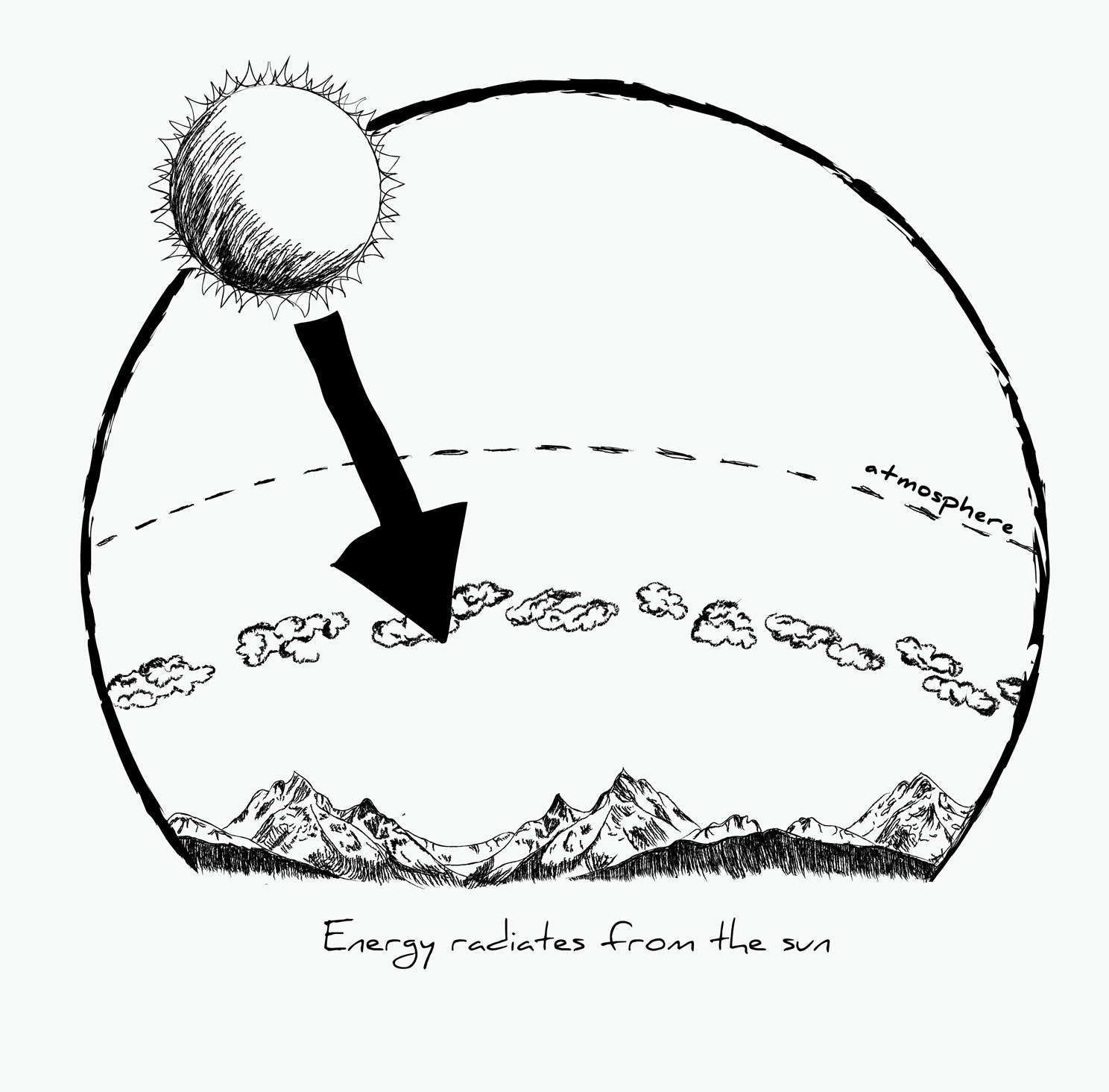 ” floaterposition=”center” floaterdirection=”none”]
” floaterposition=”center” floaterdirection=”none”]
Prologue
As a member of the Joint Project Committee, Pure Advantage is pleased to be involved in the release of Net Zero New Zealand. The report was authored by London-based Vivid Economics under contract to GLOBE-NZ, a national chapter of GLOBE-International, the worldwide association of parliamentarians working to protect and improve the environment. The analysis included a substantial programme of engagement with stakeholders from government, business and civil society in New Zealand.
Net Zero New Zealand is one of the first attempts to use scenario analysis to help illuminate New Zealand’s long-term low-emission pathways in order to meet the country’s obligations under the Paris Agreement. The report identifies four domestic emission reduction scenarios through 2050 which would position New Zealand to achieve emissions neutrality later in the century. The three elaborated scenarios are: Off Track NZ, Innovative NZ and Resourceful NZ and the fourth scenario, Net Zero 2050 is described at a conceptual level.
There is already a considerable movement internationally towards cleaner energy, something that New Zealand already enjoys, however on the issues that matter to us most we have continued to languish with no plan to identify opportunities let alone meet emission reduction targets. We applaud GLOBE-NZ for providing a platform for the cross-party leadership that this issue requires.
As outlined by the OECD Environmental Performance Review New Zealand’s economic growth model is fast approaching its environmental limits. We can no longer rely on expanding natural resource use to generate increases in GDP. Green growth is the only growth path that allows humanity to develop while at the same time protecting our natural capital.
The Net Zero New Zealand report will go a long way to providing us with a shared base of information and analysis that will enable us to sharpen our informal dialogue, and our formal debate in Government, over the way forward on New Zealand climate policy.
Over the coming weeks, we are releasing a dynamic version of the report alongside analysis by some of our Pure Advantage contributors. We are interested in your feedback and we hope it will stimulate discussion among experts, the private sector, and our local communities to develop practical actions.
Please join us on this journey as we plot a course for a Net Zero New Zealand by 2050.
– Pure Advantage
Introduction
The Paris Agreement marks a turning point in international climate diplomacy and signifies an intensification of efforts towards a low – emissions future. In November 2016, the Paris Agreement entered into force, having been ratified by nations representing over 55 per cent of total greenhouse gas (GHG) emissions. It sets a global aim to limit warming to below 2°C and to pursue efforts to limit it to 1.5°C. To achieve this aim, the Agreement sets a target for a ‘balance between anthropogenic emissions by sources and removals by sinks of greenhouse gases in the second half of this century’. In looking to meet these goals, developed countries are expected to continue to take the lead in reducing emissions, reflecting the principle of equity and common but differentiated responsibilities and respective capabilities (UNFCCC 2015).
[aesop_quote type=”pull” background=”#fefcff” text=”#ffffff” align=”center” size=”1″ quote=”Meeting the Paris Agreement requires steep reductions in all GHG emissions.” parallax=”off” direction=”left” revealfx=”off”]GHGs consist of both short – and long-lived gases. Long-term global temperature increases are primarily a function of cumulative emissions of long-lived GHGs – especially carbon dioxide (CO2), but also nitrous oxide (N2O) and some fluorinated gases. Indeed, these gases will need to be reduced to net zero to reach any temperature goal; it is only the speed at which they reach net zero that will determine the global temperature increase. However, in the short-to-medium term, short-term GHGs such as methane (CH4) also influence global temperature, sometimes potently, and very deep reductions of these gases will also be required to stabilise temperature increases.
A primer on the science of climate change
Climate change is caused by an energy imbalance in the earth’s atmosphere. Temperature increases result when the amount of energy entering the atmosphere exceeds the amount of energy leaving the atmosphere. Radiative forcing is a measure of the earth’s energy imbalance at any point that can be attributed to GHG emissions.

Different GHGs have different radiative forcing at different points in time. Some GHGs have relatively high radiative forcing immediately after release to the atmosphere, which then declines over time. These ‘short-lived’ gases include CH4 and various hydrofluorocarbons (HFCs). Other ‘long-lived’ gases have a relatively lower radiative forcing in the short term (and so contribute relatively less to short-term warming impacts), but their persistence in the atmosphere means they contribute substantially more to long-term warming. These include CO2 and N2O.(Myhre et al. 2013)
In order to compare the warming impacts of different gases, international policymakers tend to compare their contribution to temperature change over a 100-year period (their so-called 100-year Global Warming Potential, GWP). This is intended to allow a comparison of the impact of different GHGs. On this basis, for instance, it is estimated that one tonne of CH4 has 25–36 times the radiative forcing of one tonne of CO2 over the 100 years from the point at which they are released to the atmosphere (Myhre et al. 2013; Forsteret al. 2007). However, this 100-year threshold is, from a scientific perspective, arbitrary. In the short term (5–10 years), the temperature impact from one tonne of CH4 will be much greater than 25–36 times that of one tonne of CO2.
This is important if the global community wants to avoid exceeding a particular temperature threshold, perhaps because of the concerns of irreversible damage this might cause. On the other hand, CO2 will persist in the atmosphere for much longer than 100 years, contributing significantly more to additional warming than is factored into these GWP estimates. Nonetheless, 100-year GWP calculations are the basis of the internationally accepted approach to comparing GHGs, and are therefore the approach adopted in this reportSpecifically, this analysis uses a GWP for CH4 of 25 and for N2O a GWP of 298 based on Forster et al. (2007).
In its net zero clause, the Paris Agreement does not distinguish between short-lived and long-lived gases; instead it states that the world will reach a ‘balance between anthropogenic emissions by sources and removals by sinks of greenhouse gases’. Because their radiative forcing rapidly declines after they have been emitted to the atmosphere, the precise profile of emissions of short-lived gases that would be consistent with the temperature goals of the Paris Agreement remains an area of scientific inquiry. However, the Agreement text envisages all GHGs being included when aiming for a net zero world.(UN 2015)
Outcome
The analysis included a substantial programme of engagement with stakeholders from government, business and civil society in New Zealand. The engagement was structured to provide sources of evidence and to challenge the outcomes of the analysis as they emerged. The report’s authors are indebted to all of these stakeholders who gave their time and expertise so generously.
The outputs of the analysis are provided in two reports; this summary report provides the discussion of the key findings and policy implications. The technical report sets out the technical descriptions of each scenario, the assumptions, and sources.Given the large amount of evidence synthesised for this work, the summary report cites only those sources not covered in the technical report. In this first report, there are four further sections:
- 1The economic rationale for reducing emissions in New Zealand;
- 2A strategy for reducing emissions based on New Zealand’s national circumstances;
- 3Alternative 2050 scenarios;
- 4Conclusions and recommendations.





































Leave a comment